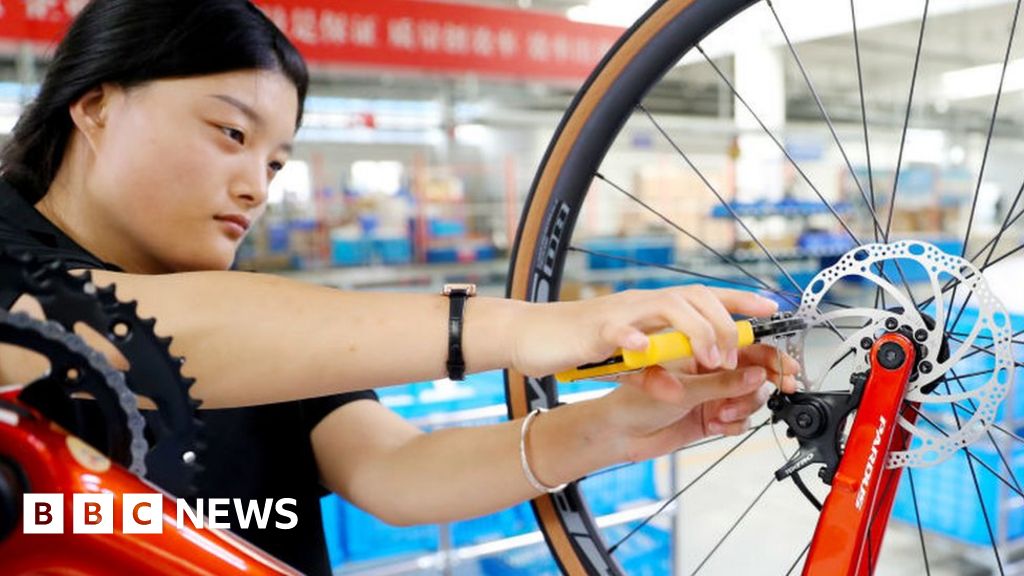Science & Tech
Smart Tecnologies and Children
Children are the future of our society, and they deserve the best education and opportunities possible. However, not all children have access to the same resources, such as quality schools, teachers, books, or internet. This is where smart technologies and computer networks can play a vital role in bridging the gap and providing children with the tools they need to learn and grow.
Smart technologies are devices or systems that can interact with their environment, collect data, process information, and communicate with other devices or users. Examples of smart technologies include smartphones, tablets, laptops, smart watches, smart speakers, smart TVs, smart home devices, and more. These devices can help children access online learning platforms, educational apps, games, videos, podcasts, and other digital content that can enhance their knowledge and skills.
Computer networks are systems that connect multiple devices or computers together using wired or wireless connections. Examples of computer networks include local area networks (LANs), wide area networks (WANs), the internet, intranets, extranets, virtual private networks (VPNs), and more. These networks can help children communicate with their teachers, peers, mentors, or experts from around the world. They can also help children collaborate on projects, share ideas, feedback, or resources, and participate in online communities or groups.
Together, smart technologies and computer networks can work to help children in many ways. Some of the benefits are:
- They can increase access to education for children who live in remote areas, have disabilities, face discrimination, or have other barriers to learning.
- They can personalize learning for children who have different learning styles, preferences, needs, or goals.
- They can enrich learning for children who want to explore new topics, deepen their understanding, or challenge themselves.
- They can support learning for children who need extra guidance, feedback, or reinforcement.
- They can motivate learning for children who enjoy gamification, rewards, or recognition.
- They can inspire learning for children who want to express their creativity, curiosity, or passion.
It is important to use smart technologies and computer networks wisely and responsibly. Some of the best practices are:
- They should complement rather than replace traditional methods of learning such as reading books,
writing essays or doing experiments.
- They should be used with guidance from teachers, parents, or other adults who can monitor, support, or intervene when needed.
- They should be used with respect for oneself, others, and the environment by following ethical, legal, and social norms.
- They should be used with balance between online and offline activities by setting limits, priorities, and goals.
Smart technologies and computer networks are powerful tools that can work to help children learn and grow. However,
they are not an automatic solution that can solve all the problems of education. They require careful planning, implementation,
and evaluation to ensure that they are effective, appropriate, and beneficial for children.
























































